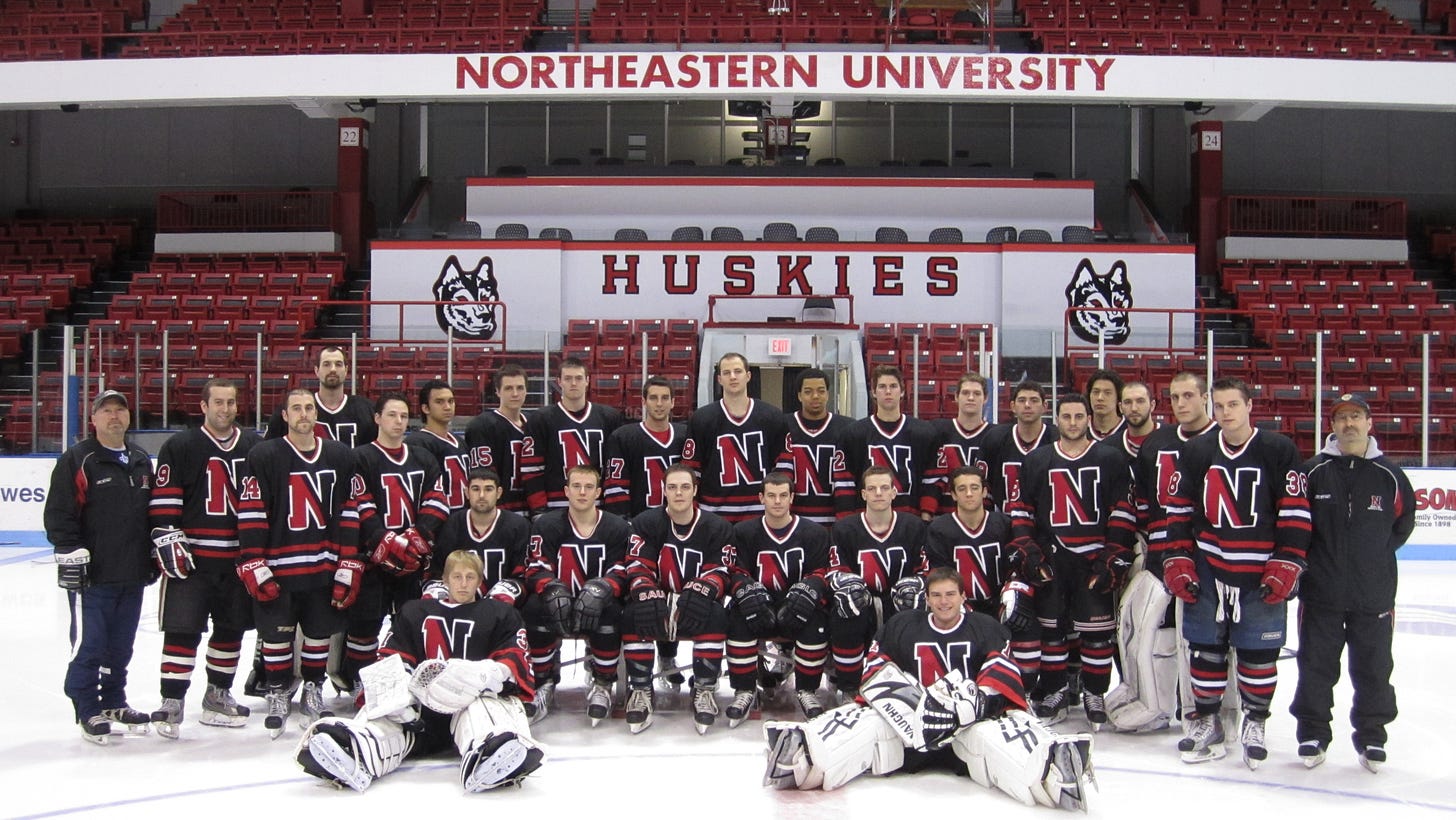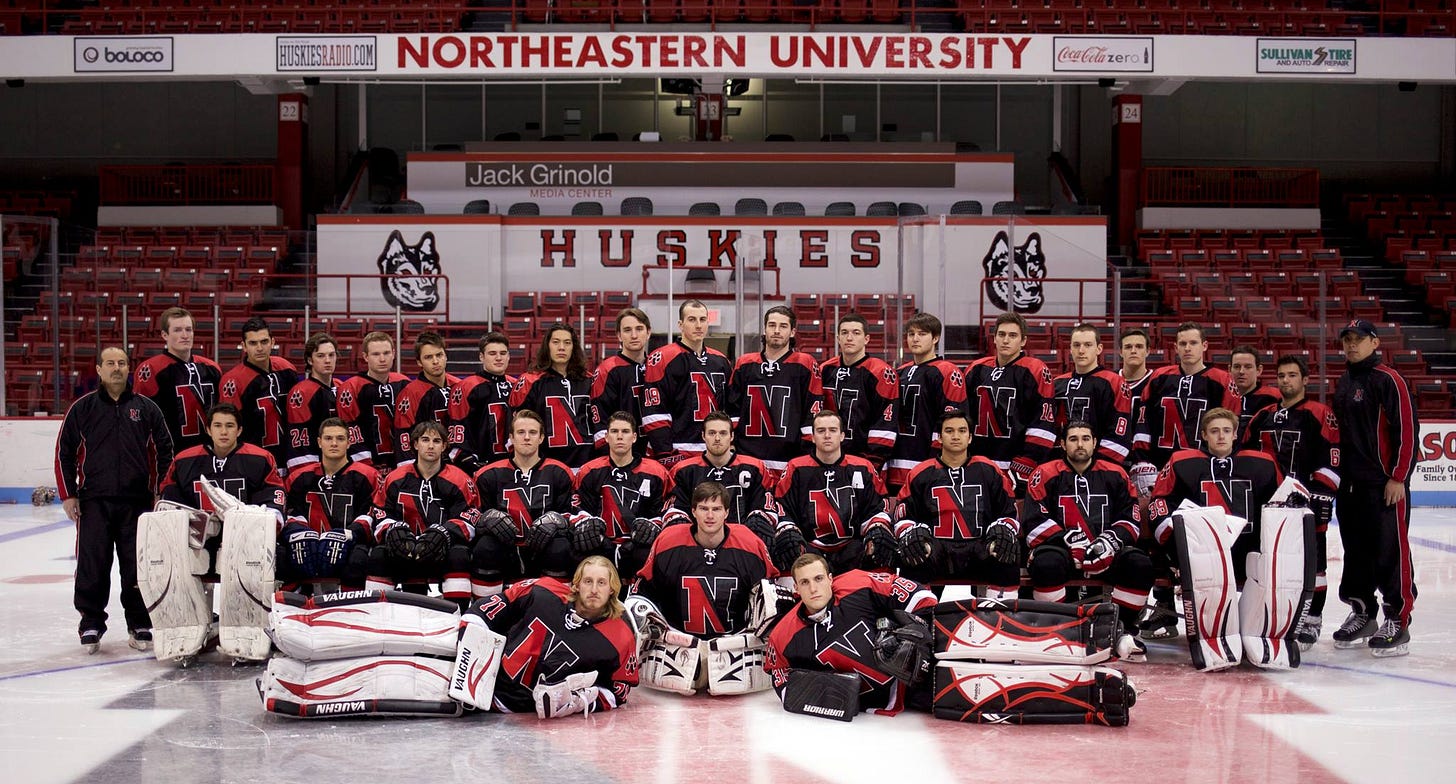A Definition
noun: growth; plural noun: growths
the process of increasing in physical size.
“the upward growth of plants”the process of developing or maturing physically, mentally, or spiritually.
"keeping a journal can be a vital step in our personal growth"
Similar: Expansion, Development, Progress, Advance, Advancementthe process of increasing in amount, value, or importance.
“the rates of population growth are lowest in the north”
Similar: Increase, Expansion, Augmentation, Proliferation, Multiplication
Growth is something that comes with experience and an open-mind. The most successful coaches have been able to grasp the concept of growth - think Phil Jackson, Joe Torre, Steve Kerr, Jerry York, Jack Parker. What does growth as a coach look like? In my opinion, it’s the ability to grasp different ideas and invoke the process of reflection on your past season. During that reflection, it’s reviewing your season goals and outcomes with the intention to make the next season even better. A few questions you may want to ask:
What strategies worked to your advantage?
How did players grow as an athlete and as a person?
What did I do to better understand issues that may have occurred?
How did I plan practices to correlate with long-term growth of the team?
Past Experience
During my years as an ACHA Assistant Coach at Northeastern, I thought I had to go over every little detail to players. My interpretation of coaching was “do as I say.” In my mind, players looked to me to see what they were doing wrong and I was supposed to correct them every step of the way.
“John keeps doing the same thing and he keeps turning the puck over; I can’t play him in these situations; he just isn’t good enough.” This was a common thought I had when I tried new players in different parts of the game. I thought I had designed practices that would break down situations where they could see things slower and in pieces, then I would piece it all together for them in practice. Those practices always worked out well, but the game transfer never worked, and I had could not figure out why.
This led to a cycle of:
Player plays game
Player fails — confidence drops — player sits
Player works on “skills” missed in practice
Game transfer of “skills” does not exist
Player fails — confidence drops — player sits
Repeat - until another player performs
This is where I failed my players. Practices were designed to work on those missed “skills” and I tried to push drills that made all players do the same things.
What I learned in the past couple of years, however, is that I was not providing the correct learning environment; instead, I was setting players up for failure!
The Details
What were the underlying causes?
Poor decision making during all situations
Unable to produce quality scoring chances
Inability to track opposing players in defensive zone
Not capable of performing under duress
Did not know what to do - at all
The Fix
Do any of these sound familiar? These are probably the most common notes I’ve read or heard from coaches and I’d say that I’ve made them, too. The learning objective as a coach should be a priority when designing practice plans for the week, month, and year. This will help develop your thought process, but also allow you to see progress of players. The concepts we are going to build are based on a theoretical structure called Ecological Dynamics: a multi-disciplinary framework that adopts concepts and tools of dynamical system theory, ecological psychology and complex system in neurobiology to investigate and model the relationships that emerge in extreme sports between athletes and their environment [1]. This framework supports an approach called Nonlinear Pedagogy: an approach that views acquisition of movement skills with a strong emphasis on exploratory behaviors and the development of individualized movement skills [2]. And within this, we use Constraints Led Approach (CLA) that affords the theoretical design of play-based curricula beyond just play or sport towards purposeful, inclusive learning environments [3]. Constraints are what we use to dictate how we want players to react in the game play environment. We can manipulate the environment to teach players and help with skill acquisition for each player.
As a coach, one of our jobs is to continue to develop players to their best potential. Using the above definitions, it is now our job to put our players in the best environment possible to learn, as many times as possible: repetition without repetitiveness. This now rolls back into our design of practice and how intentional we have to be to create the right learning environment.
A Shift
What am I talking about? Well, simply put, we need to grow in our thought process and be able to modify our ways of thinking to encourage the development of the players. Our old process produced some good players (and worked), but what if we could produce more players of equal or higher caliber? This is the key and something that I did not think of as a young coach. We should want to maximize our player pool and be thinking about how to develop all of the players to their greatest potential.
Next
Change is scary and unpredictable. I know that a lot of the concepts are hard to piece together at first, and you will see/hear lots of pushback on the ideology. However, I ask that you be patient and stick to your plan! We should aim to be always evolving and strive to be better every time we touch the ice.
References
Seifert L, Hacques G, Komar J. The Ecological Dynamics Framework: An Innovative Approach to Performance in Extreme Environments: A Narrative Review. Int J Environ Res Public Health. 2022 Feb 27;19(5):2753. doi: 10.3390/ijerph19052753. PMID: 35270446; PMCID: PMC8910696.
Chow JY, Komar J, Seifert L. The Role of Nonlinear Pedagogy in Supporting the Design of Modified Games in Junior Sports. Front Psychol. 2021 Oct 29;12:744814. doi: 10.3389/fpsyg.2021.744814. PMID: 34777136; PMCID: PMC8586551.
William M. Roberts, Daniel J. Newcombe & Keith Davids (2019) Application of a Constraints-Led Approach to pedagogy in schools: embarking on a journey to nurture Physical Literacy in primary physical education, Physical Education and Sport Pedagogy, 24:2, 162-175, DOI: 10.1080/17408989.2018.1552675







